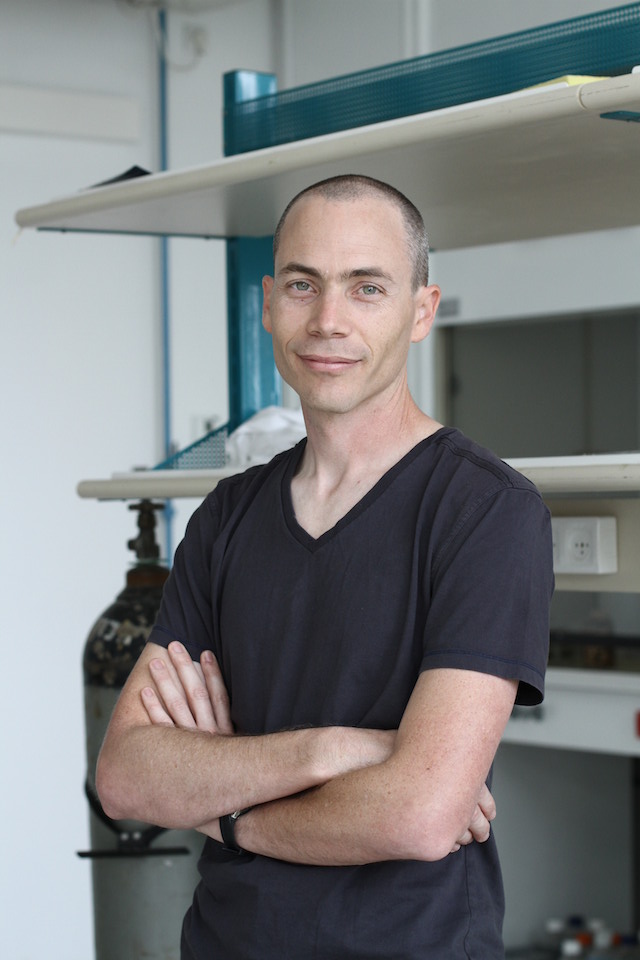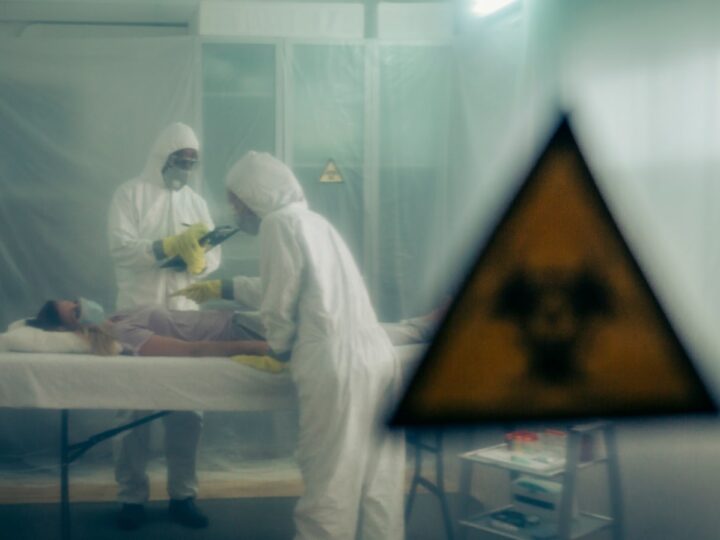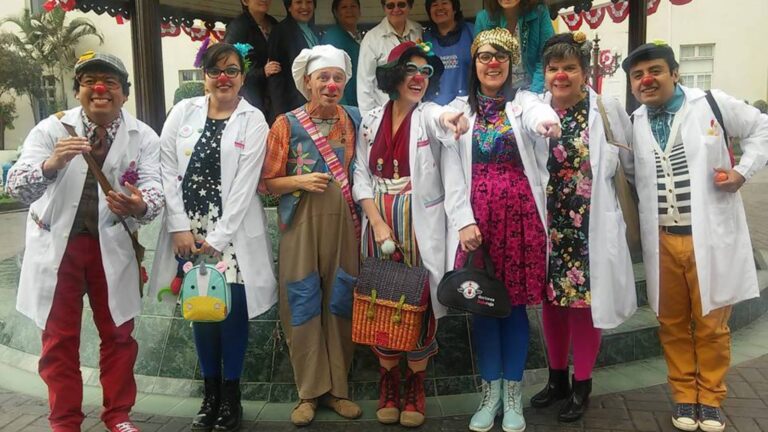To fight recurring, deadly Ebola outbreaks in parts of Africa, healthcare workers have given vaccines to more than 100,000 people.
However, anti-Ebola vaccines are barely out of the experimental stage. Nobody knows if they can provide long-term protection across a broad population. And nobody has understood the effect of these vaccines on the immune system.
A research lab from Israel’s Weizmann Institute of Science recently joined forces with a research team in Cologne, Germany, to uncover the details of the molecular response that occurs in the immune system after vaccination against Ebola.
Their findings may help health organizations devise better strategies for containing and preventing the disease, which currently has no cure, and kills around 50 percent of those infected.
“These vaccines — made by recombinant methods that attach an Ebola protein to a harmless virus — are hard to produce, and thus there is not enough of them to vaccinate an entire population,” said structural biologist Ron Diskin of the Weizmann Institute.
Furthermore, he added, the vaccines rarely reach remote villages that where they are needed most. They tend to be given only to people most closely connected to individuals who are already sick.
“Understanding exactly how the immune response is produced following vaccination will not only help refine the vaccine. It can help us understand whether it will work against different strains of the virus or whether the dose given today is the best one,” said Diskin.

Immune memory
The study began in the lab of immunologist Dr. Florian Klein of the University of Cologne. Klein and his group looked for signs of the immune response in blood samples from six people who had received the vaccine a year or more earlier.
The group singled out the B cells – those that produce the antibodies that make up our “immune memory” – and conducted deep sequencing, tracing the lineages of those cells and isolating individual antibodies that bound to viral proteins.
Cells from each of the six people produced a wide number of antibodies. Diskin and his team focused on two promising ones they believed were strongly involved in the long-term immune response.
To understand exactly how and where the antibodies bind to the harmless virus in the vaccine, and how this binding neutralizes the virus so effectively, the team used a new high-powered electron microscope to reveal the three-dimensional structure, practically down to the last atom, of an antibody bound to its target.
This analysis enabled the research group to show why the two antibodies characterized by Diskin and his group were especially efficient at stopping Ebola.
They were able to distinguish the exact make-up of these antibodies and to map the precise points at which they attached to the viral protein.
“In fact,” says Diskin, “the antibodies we studied are much more effective at binding than those that are being tested today to treat Ebola.”
Comparing the map of binding sites to those studied in Ebola survivors, which are known to be protective, showed a nearly identical pattern. Further research tested the antibodies against the Ebola protein ‒ even against the live virus ‒ and ultimately explained the mechanism of protection.
It is not yet known whether the vaccine they tested can produce an immune response against other Ebola virus species. But the study suggested that the antibodies did work against multiple isolates of a single species, and Diskin hopes that further research will show a single vaccine capable of fighting the disease across the continent.
Diskin’s research is supported by the Moross Integrated Cancer Center; the Dr. Barry Sherman Institute for Medicinal Chemistry; the Jeanne and Joseph Nissim Center for Life Sciences Research; and the estate of Emile Mimran.















